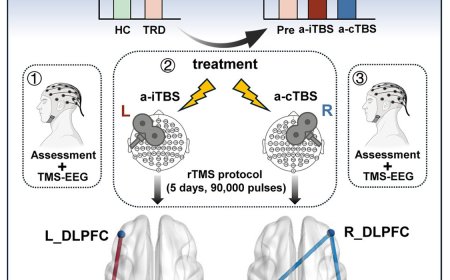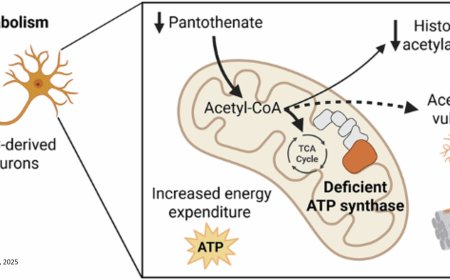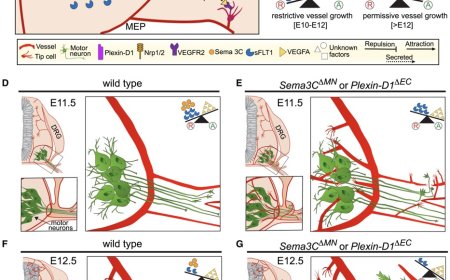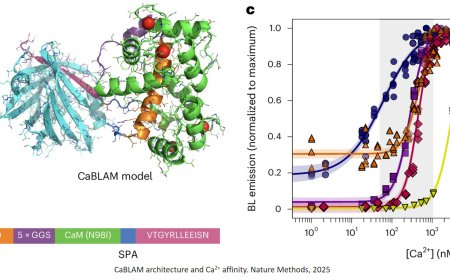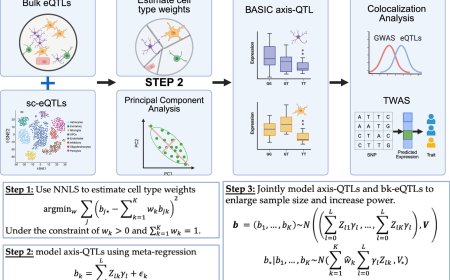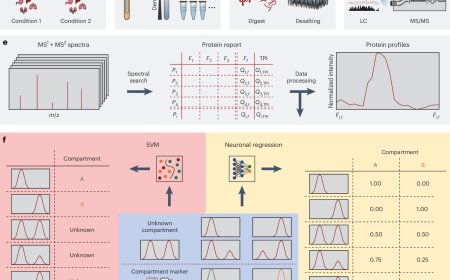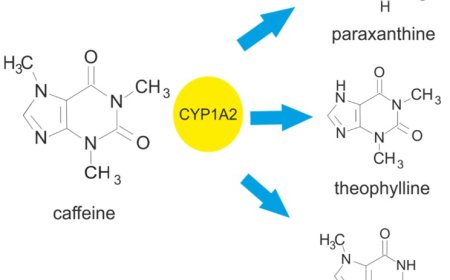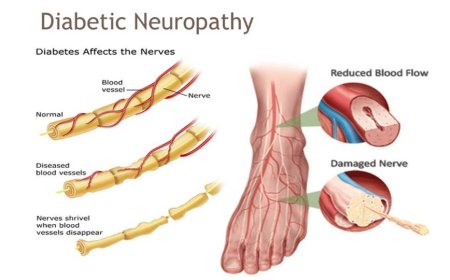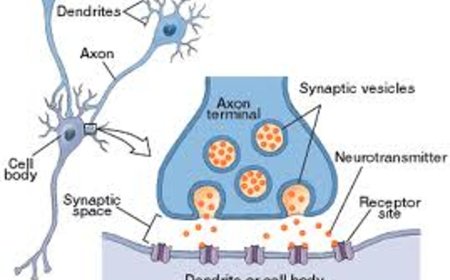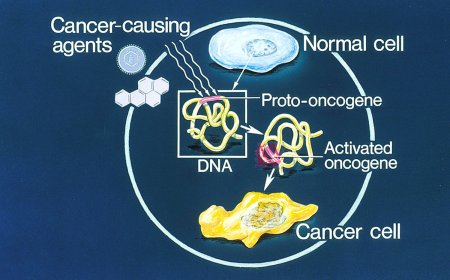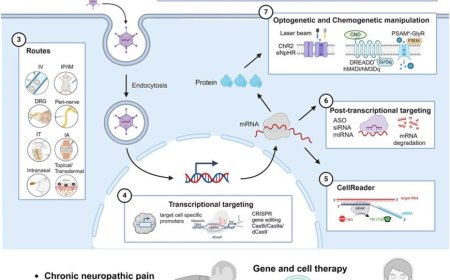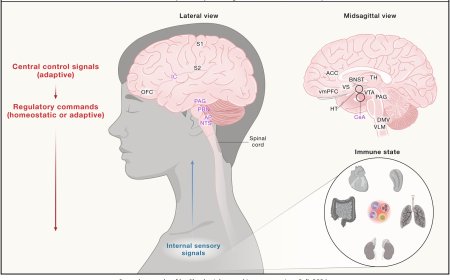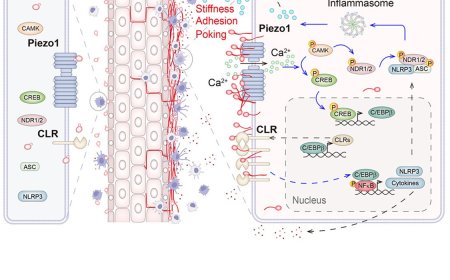Evolutionary rewiring of conserved biological timekeepers
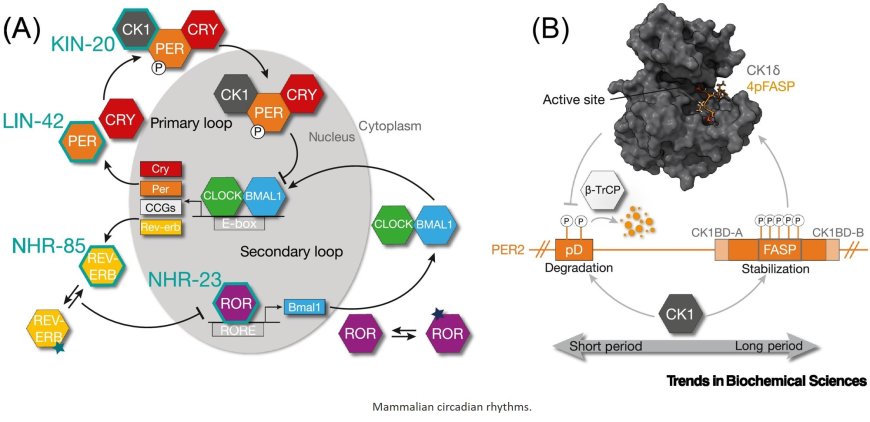
All organisms possess biological timing methods, such as circadian rhythms and developmental timers, for coordination of life processes.
Mammals and Drosophila utilize functionally similar modes of genetic regulation to generate ~24-h circadian rhythms; however, key mechanisms and components are different.
Recent work demonstrates that Caenorhabditis elegans have conserved circadian regulators that not only drive C. elegans ~24-h cycles in adulthood but also transition from a developmental timer with ~8–10-h periods, offering insights into how genes can adapt to regulate distinct temporal programs.
Most chronobiological studies using C. elegans as a model organism have focused on genetic approaches, though recent work discussed in this review has integrated biochemical approaches with knowledge of mammalian and Drosophila circadian clocks.
https://www.cell.com/trends/biochemical-sciences/fulltext/S0968-0004(25)00006-4
